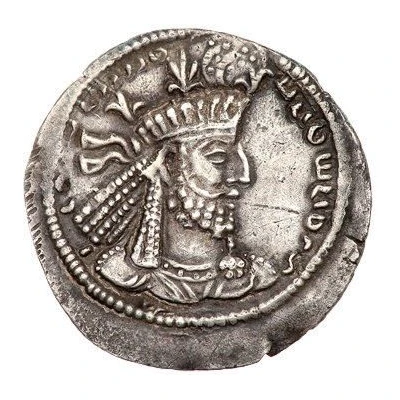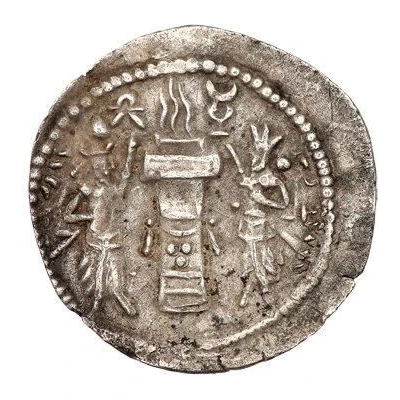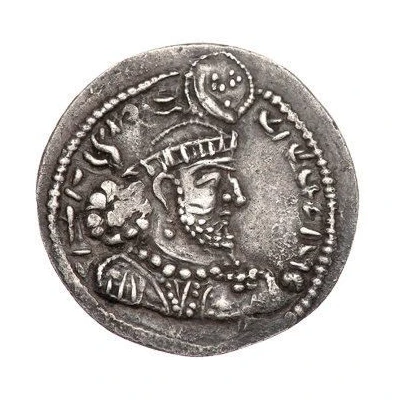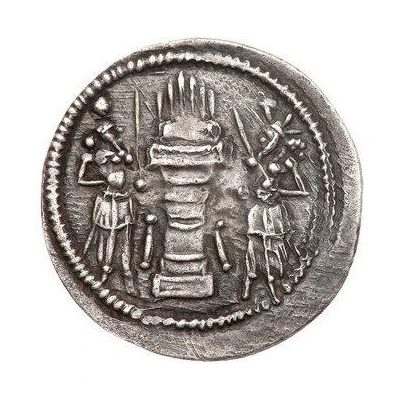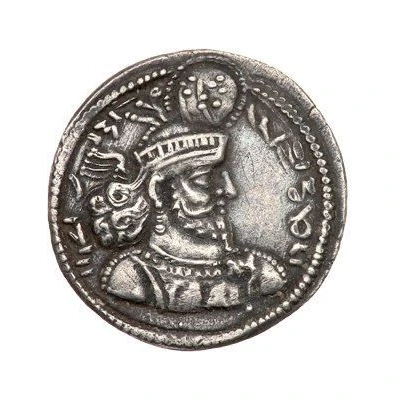
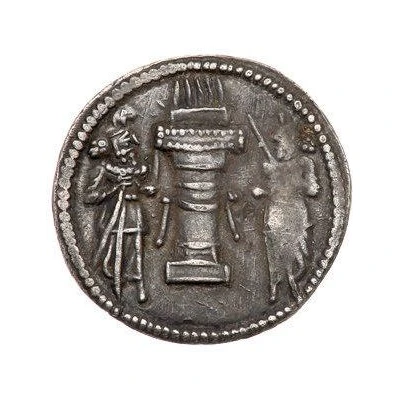

© The New York Sale
Obol - Narseh
| Silver | 0.62 g | - |
| Issuer | Sasanian Empire (Sasanian Empire (224-651)) |
|---|---|
| Emperor | Narseh (293-302) |
| Type | Standard circulation coin |
| Years | 293-303 |
| Value | Obol (1⁄72) |
| Currency | Dinar (224 AD-651 AD) |
| Composition | Silver |
| Weight | 0.62 g |
| Shape | Round (irregular) |
| Technique | Hammered |
| Demonetized | Yes |
| Updated | 2024-10-10 |
| Numista | N#417090 |
|---|---|
| Rarity index | 100% |
Reverse
Fire altar with ribbon, flanked by two attendants, the one on left wearing crown with korymbos, the other wearing mural crown.
Script: Inscriptional Pahlavi
Interesting fact
One interesting fact about the Obol - Narseh (293-303) coin from the Sasanian Empire is that it features a unique blend of Persian and Roman influences in its design. The coin's obverse (front) side features a crowned bust of King Narseh, while the reverse (back) side depicts a stylized representation of the Persian goddess Anahita, who was associated with fertility, wisdom, and the goddess Isis in ancient Persian mythology. This fusion of Persian and Roman elements reflects the cultural exchange and influences that occurred during the Sasanian Empire's extensive trade and diplomatic relations with the Roman Empire.
